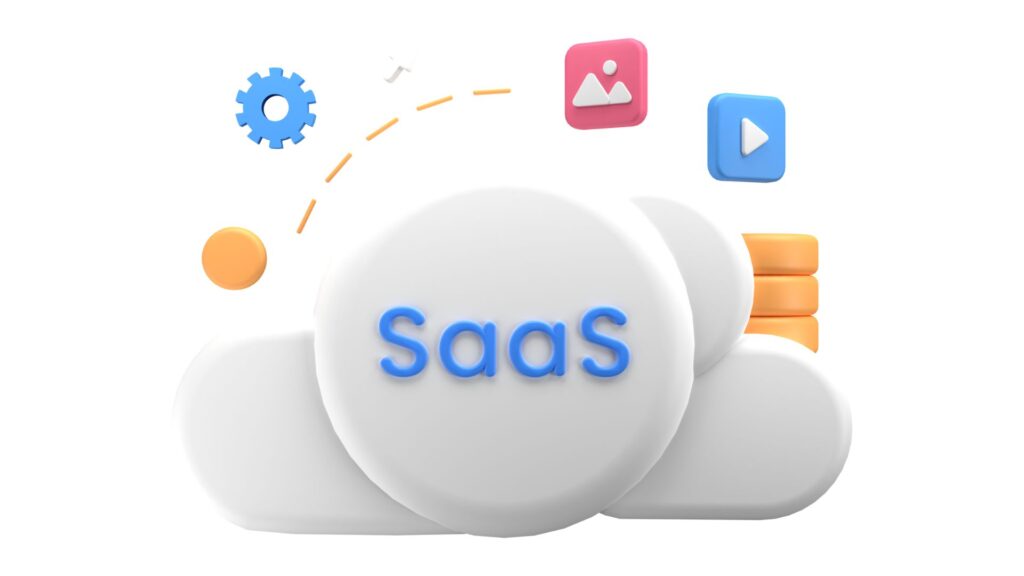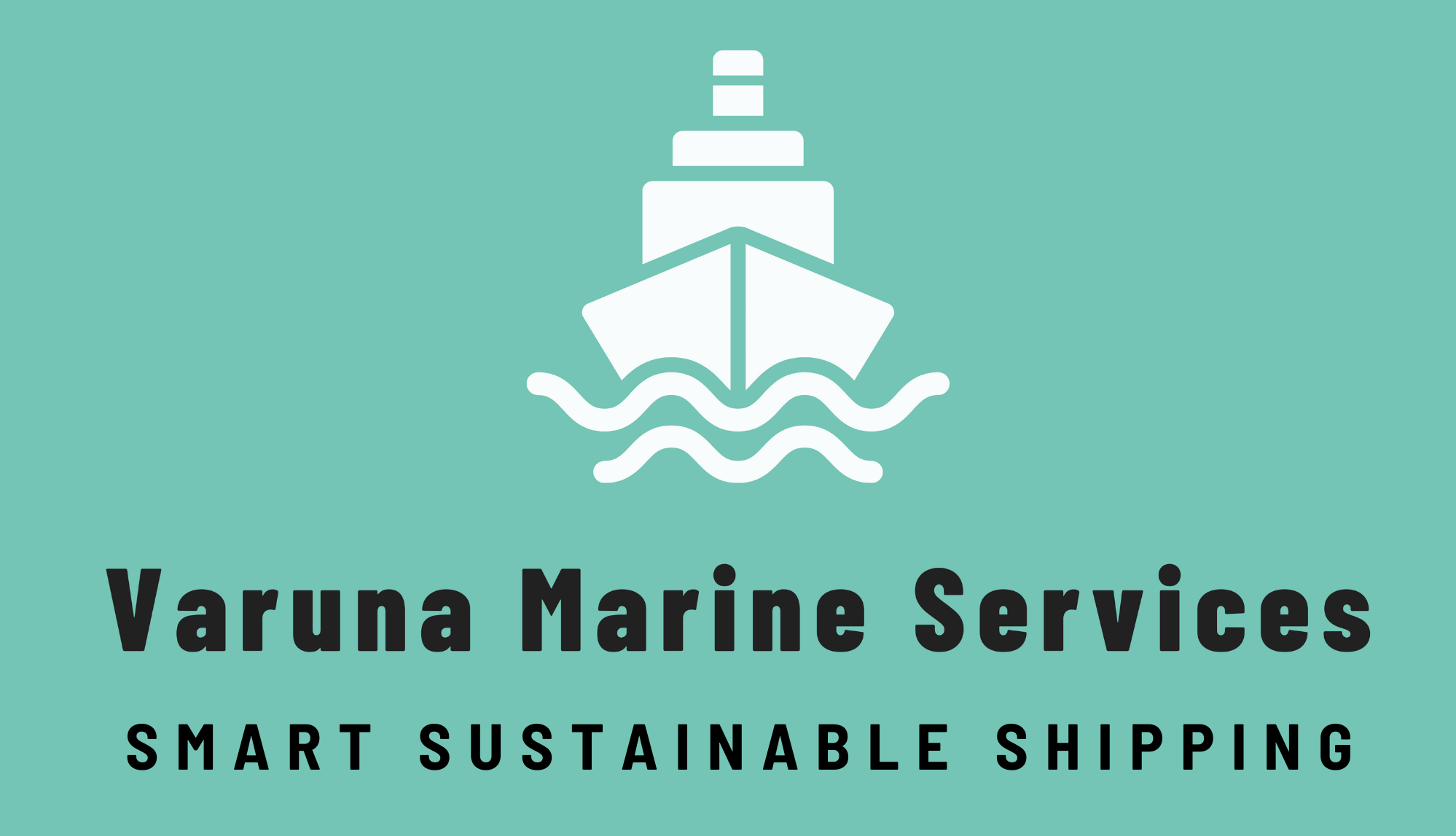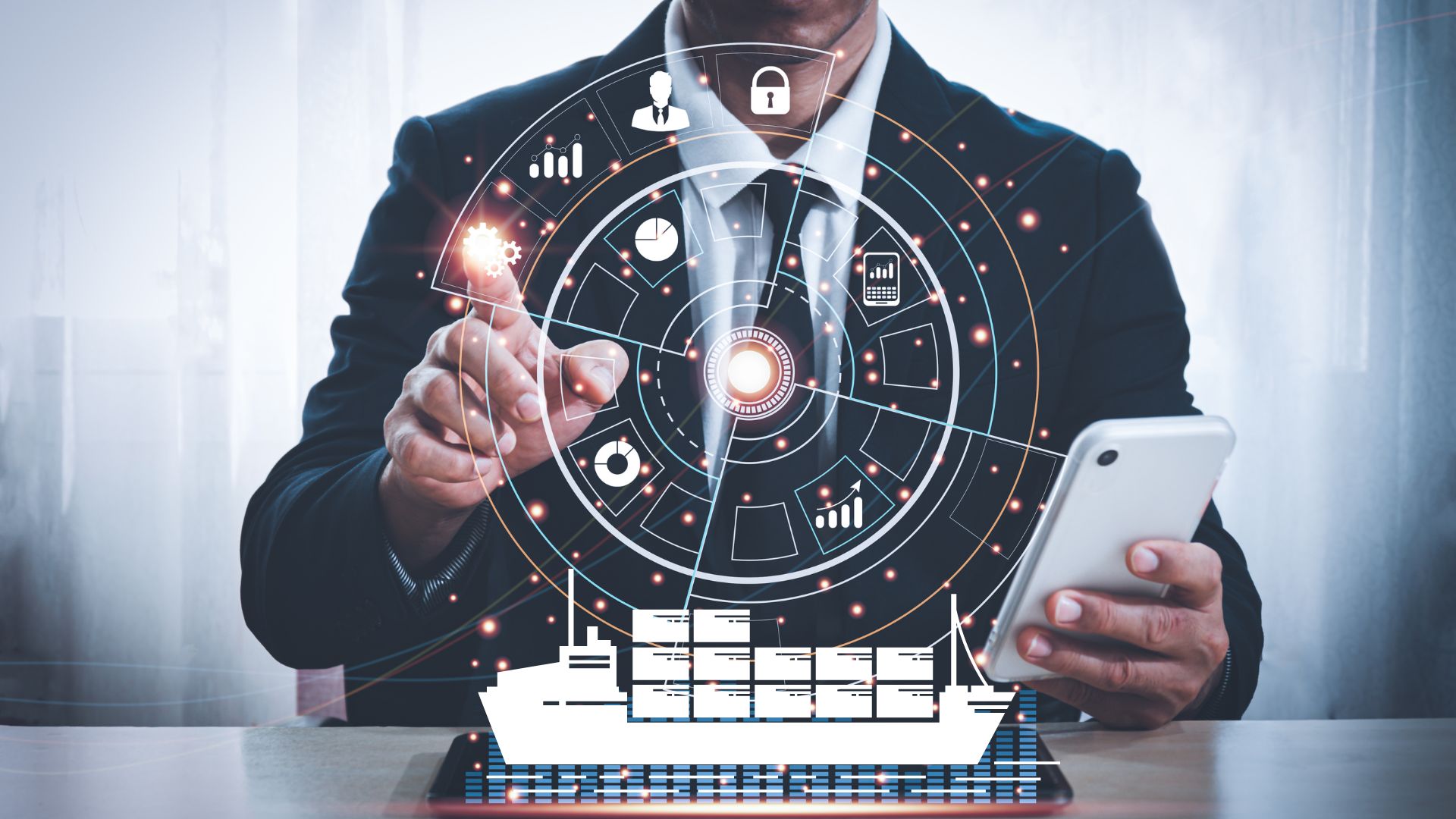Maritime digitalization is the integration of digital technologies into the shipping industry to improve efficiency, safety, and sustainability. One of the key aspects of this digital transformation is the use of Software as a Service (SaaS) solutions, Internet of Things (IoT), Artificial Intelligence (AI), and blockchain.
The Internet of Things (IoT) is a network of connected devices that can collect and transmit data. In the maritime industry, IoT devices can be used to monitor the condition of ships and detect potential problems before they occur. This can help prevent accidents and save lives. Additionally, digitalization can help improve the tracking and identification of ships, making it easier to locate them in case of emergency.
Artificial Intelligence (AI) and Machine learning can be used to improve decision making process and automated processes. This can help to increase the efficiency and reduce the human error. For example, AI-powered systems can be used to optimize routes, predict maintenance needs, and monitor cargo movements.
Blockchain technology can be used to create a secure and transparent digital ledger of all transactions and activities in the shipping process, including cargo tracking and supply chain management. This can help reduce fraud, improve transparency, and increase trust among all parties involved. Blockchain technology can also be used to create a decentralized system for tracking and verifying the provenance of goods, which can help increase efficiency and reduce costs.
Maritime digitalization is the integration of digital technologies into the shipping industry to improve efficiency, safety, and sustainability. One of the key aspects of this digital transformation is the use of Software as a Service (SaaS) solutions, Internet of Things (IoT), Artificial Intelligence (AI), and blockchain.

The Internet of Things (IoT) is a network of connected devices that can collect and transmit data. In the maritime industry, IoT devices can be used to monitor the condition of ships and detect potential problems before they occur. This can help prevent accidents and save lives. Additionally, digitalization can help improve the tracking and identification of ships, making it easier to locate them in case of emergency.
Artificial Intelligence (AI) and Machine learning can be used to improve decision making process and automated processes. This can help to increase the efficiency and reduce the human error. For example, AI-powered systems can be used to optimize routes, predict maintenance needs, and monitor cargo movements.
Blockchain technology can be used to create a secure and transparent digital ledger of all transactions and activities in the shipping process, including cargo tracking and supply chain management. This can help reduce fraud, improve transparency, and increase trust among all parties involved. Blockchain technology can also be used to create a decentralized system for tracking and verifying the provenance of goods, which can help increase efficiency and reduce costs.
SaaS solutions allow shipping companies to access software and data easily, data conversion and integration tools allow to create a single unified view of all the data, visualisation and analytics tools allow shipping companies to make sense of the data and optimize their operations. By using these technologies, shipping companies can improve their operations, reduce costs, and improve their environmental impact.
Overall, maritime digitalization is a complex and multi-faceted process that involves the integration of a wide range of technologies, including SaaS, IoT, AI, and blockchain. By using these technologies, shipping companies can improve efficiency, safety, and sustainability, and stay competitive in the global marketplace.


